Baldur’s Gate 3 has a strong variety of different Classes to choose from when building your character, allowing a range of different playstyles and strategies to shine. However, despite having a solid set of choices, many fans were disappointed to see that some of their favorite DnD Subclasses were missing from the bunch, restricting them from remaking beloved 5e characters for their BG3 adventures.
While many of these Subclasses are obtainable through mods, not every player feels comfortable modding the game, and poor console players don’t even have that option available. Because of this, we’ve taken a look at 10 Subclasses that could have made BG3 even better, had they been included as options for character creation.
Rogue: Swashbuckler
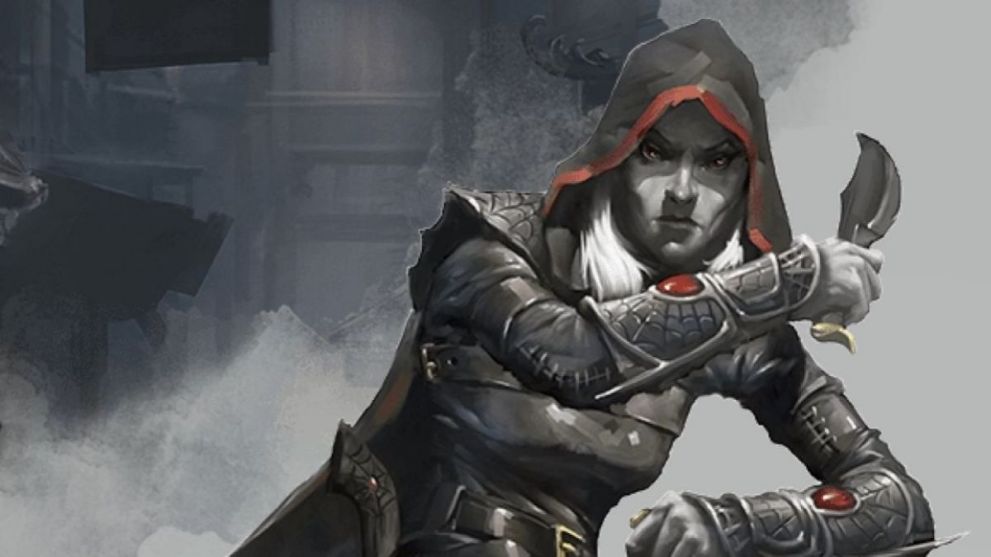
Swashbucklers are a popular Subclass for Rogue characters in DnD 5e, due to the utility and fun playstyle the Fancy Footwork Class Feature provides. Fancy Footwork essentially works like the Mobile Feat, but instead as a passive ability. If you make a Melee Attack against a creature, they can’t take opportunity attacks against you for the rest of your turn, regardless of whether you land the attack or not. This enables a Swashbuckler Rogue to move in, Sneak Attack, or Melee Attack an opponent, and zip away unscathed without the need for Disengaging.
In addition to this, Swashbucklers tend to have the best Sneak Attack, as they don’t necessarily need Advantage to trigger it. If a Swashbuckler is within 5ft of an enemy no other creatures are within 5 ft of the Swashbuckler, and the Swashbuckler doesn’t have Disadvantage on the attack roll, Sneak Attack can be applied. On top of this, Rakish Audacity also enables the Swashbuckler to boost their Initiative Rolls, which can enable them to have one of the first turns in most combats.
Warlock: Hexblade

Do you love the Warlock Class but wish you had more opportunities to utilize Melee Attack strategies? Well, the Hexblade Warlock Subclass would likely be a huge hit with you. Hexblade Warlocks are incredibly effective at both melee and range, due to their ability to form a Pact Weapon which utilizes their Spellcasting (CHA) Modifier, rather than STR or DEX.
Hexblade’s Curse is another highlight Class Feature, enabling you to expend your Bonus Action to place a curse on an enemy. This curse deals extra damage to the target with each attack you make, secures Critical Hits on a roll of 19 or 20, and enables you to regain some HP when the cursed target dies. Hexblade’s Curse can also stack with Hex, which significantly improves your damage output per turn and hinders the target on which you use this abilities on.
Wizard: Bladesinger
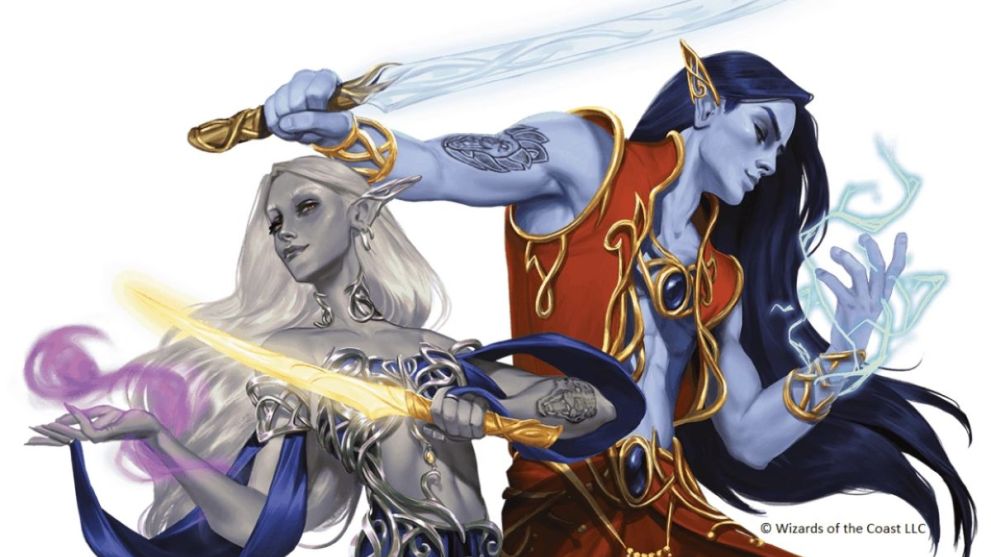
Similar to what the Hexblade is to a Warlock, the Bladesinger happens to be a melee-versatile Subclass for the Wizard in DnD 5e. Most significantly, Bladesingers gain the ability to use the Bladesong Class Feature. This enables an AC bonus equal to your INT modifier, boosts your Movement Speed by 10ft, Advantage on DEX checks, and provides a bonus to any CON Saving Throw made to maintain Concentration on a Spell.
Bladesingers will also gain an Extra Attack, enabling them to make two attacks when using the Attack Action. This is usually restricted to melee-focused builds such as the likes of Barbarians, Paladins, Fighters, and Rangers – so this gives the Wizard to operate in a way that is outside of the normality for most builds of this Class.
On top of this, Bladesingers can use their Bladesong to absorb elemental damage using their magic, which adds to their survivability. This would be such a fun Class to play in Baldur’s Gate 3, especially for a solo playthrough, as this would enable you to utilize both Magic and Melee power with a single character.
Rogue: Soulknife
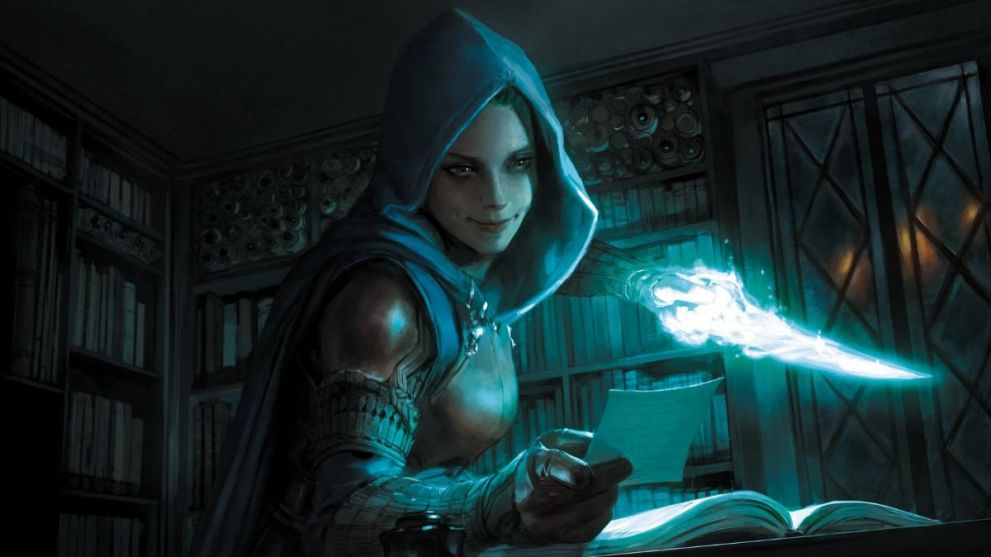
Soulknife Rogues utilize a fun blend of stealth and psionic abilities, which make them quite versatile and entertaining to play in DnD 5e. Because Psionic abilities are already featured through the Mindflayer Tadpole plotline, the Soulknife would be an intriguing Class to have seen worked into the world of Baldur’s Gate 3. Thanks to the Soulknife’s Psionic Abilities, they can add an extra die to a failed check, potentially enabling them to succeed, and can communicate with others telepathically.
However, the most notable feature of a Soulknife is their Psychic Blades. While most Rogues attack with Daggers, Scimitar, Rapiers, or Shortswords, Soulknife Rogues can manifest Psychic blades in their hands to use for their attacks.
Honing Strike enables you to add an extra die onto your Psychic blade attack when it misses, potentially enabling you to hit instead. Lastly, Psychic Teleportation enables the Soulknife to throw a Psychic blade to an unoccupied space and teleport to this area, working as a built-in Misty Step. This would undoubtedly be a lot of fun to both play and explore from a story point of view in BG3, which is why Soulblade was so sorely missed by many.
Paladin: Oath of Conquest
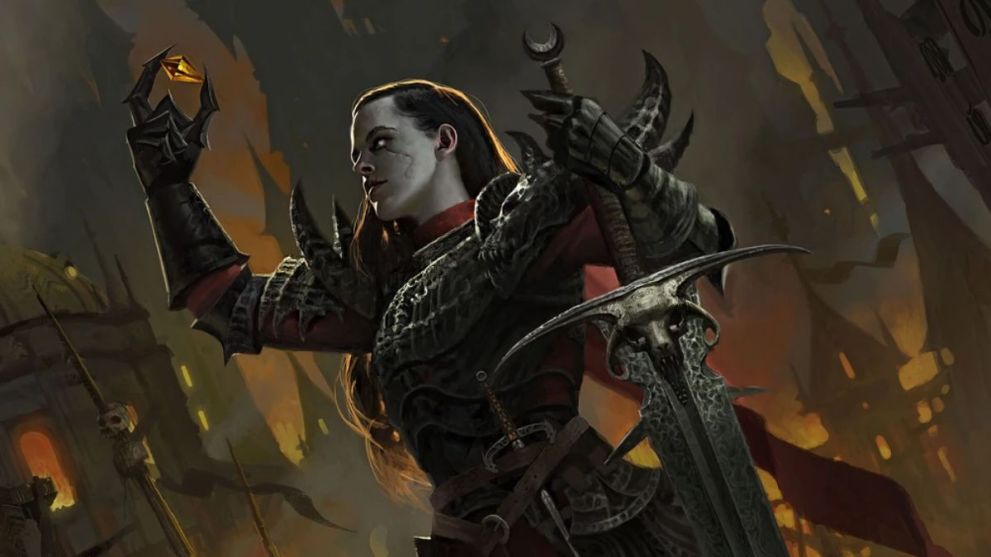
Paladins are a brilliant melee tank Class that can be played in various ways both through combat and storytelling, depending on which Oath is chosen as their Subclass. Oath of Conquests is suited to Paladins who thrive not from simply emerging victorious from battle, but from domination opponents, and taking over the world. Honestly, considering Minthara’s ideals, it’s a surprise this Subclass was not incorporated for her as a Paladin.
Aside from the standard Paladin Class Features, Oath of Conquest characters most notably gain Aura of Conquest, which enables you to extend an aura within 10 ft of yourself to potentially Frighten enemies. As Frightened is such a powerful condition to make the most of in BG3, Oath of Conquest Paladins could not only be solid melee tanks due to their ferocity in battle but also huge playmakers for their team due to the utility Aura of Conquest brings.
Ranger: Horizon Walker
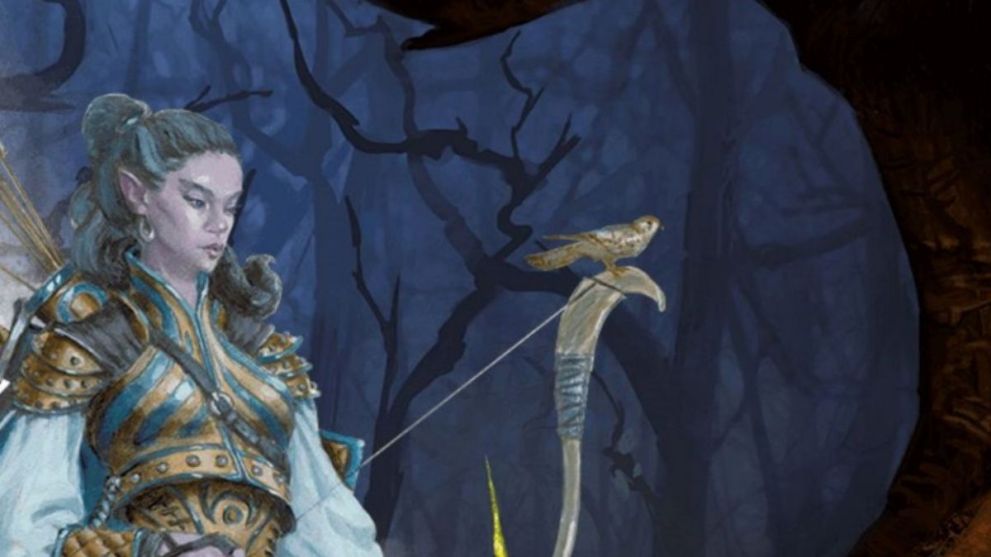
Rangers are the best choice for a ranged physical weapon build in BG3, making them some of the best snipers in the game – especially due to the Sharpshooter Feat being included, or possible Multiclassing with the Rogue to gain Sneak Attack. Horizon Walker Rangers are known for guarding the world against threats from other planes, even known to venture into these planes themselves to do so.
With the addition of Mind Flayers, Githyanki, and the Astral Plane in Baldur’s Gate 3, this would surely create some fascinating scenes, dialogue, and dynamics, especially between Lae’zel and other Gith. A Horizon Walker would have been hugely beneficial to the Githyanki ambushes from Act 2 onwards, as thanks to the Detect Portal ability, they would have been able to sense the activity of the Gith in advance, without need for the Psionic Detector that is given to you.
In addition to this fascinating ability, Horizon Walkers also gain the ability to transport to the Ethereal Plane through Ethereal Step and teleport up to 10ft when attacking, which creates some unique potential for combat.
Fighter: Echo Knight

Fighters are the standard when it comes to playing a melee, combat-oriented character. However, certain subclasses, such as the Eldritch Knight can add some fun new mechanics to the classic melee combat through the use of Magic. Echo Knights are even more interesting, focusing on using illusionary powers to uplift themselves in battle.
Echo Knights can use the Manifest Echo Class Feature to summon an Echo of yourself, which grants you more flexibility and combat options. As a Bonus Action, you can magically swap places with your Echo at the cost of 15ft of movement, regardless of the range between yourself and your Echo.
When you attack, the hit can originate from your position or the position of your Echo, essentially letting you play from two areas of the field at once. Opportunity Attacks also work through an Echo, which enables some technical and strategic play in combat, which would’ve been a brilliant challenge run for DnD fans in BG3.
Monk: Way of the Kensei
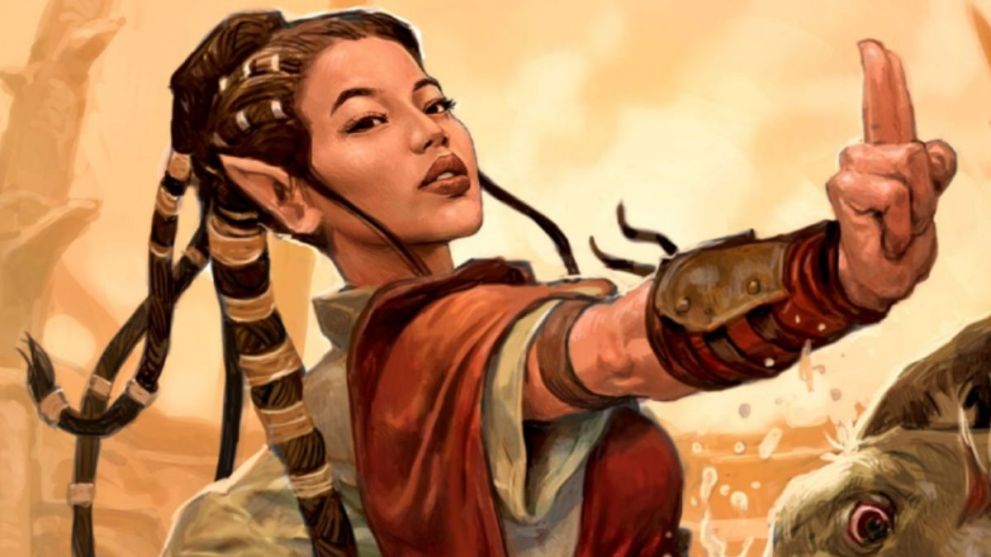
Monks, particularly in BG3, strongly rely on the use of their natural reflexes in combat, utilizing Unarmed Strikes to deliver damage. However, some players may wish that their beloved Monk character could also focus on weapon-based damage. While this is somewhat possible depending on your build, the Way of the Kensai Monk Subclass dives into this head first, making it the core focus of the build.
Kensai Monks gain Kensai Weapons, special tools with which they have relentlessly trained with. These Weapons not only enable better Melee or Ranged Attacks, but also provide an opportunity to Parry, or deal extra damage on certain hits. Kensai Monks can also channel their Ki points into their Kensai Weapons, creating Magical Kensai Weapons to overcome Resistances and Immunities to nonmagical damage. This makes Kensai Monks lethal in the role of Melee combatants and would have created a new way to spend Ki Points in BG3, utilizing Monks in a new way.
Cleric: Twilight Domain
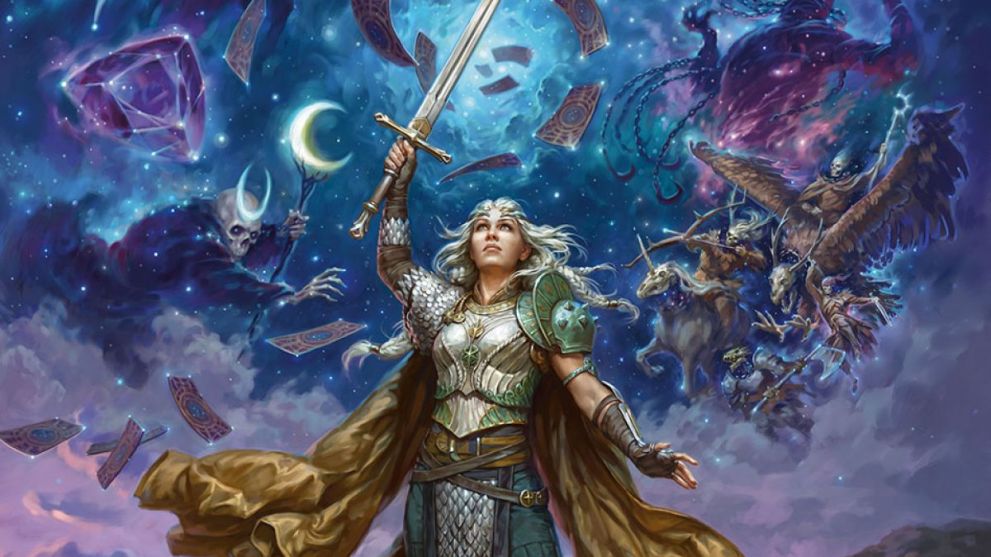
Clerics are a classic in DnD 5e, which has resulted in them being one of the most popular Classes in Baldur’s Gate 3, if not for how fun they can be to play with your character, then for the utility that Cleric companion, Shadowheart, brings to the table. Unfortunately, many Cleric enthusiasts adore the Twilight Domain Subclass and have been devastated to find it missing from the game.
The inclusion of this Domain could have created some cool options to use in many scenarios throughout the game, particularly because they are known to worship Deities of light, such as Selune, who serves a purpose in the story oft he game, particularly during Act 2. This would have created some really interesting dialogue options, especially with Isobel Thorm and Dame Aylin, so it honestly feels like a bit of a missed opportunity.
From providing advantage on a companion’s Initiative Roll for the next combat to sharing Darkvision with a willing creature, or providing Advantage on your party member’s next Attack Roll, Twilight Domain clerics have so much utility that could have been adapted into BG3 to create some really interesting approaches for different Quests or encounters. On top of this, Twilight Domain Clerics have abilities that can create Temporary HP, temporary Flight Speeds, and extra Radiant damage upon a successful hit.
Druid: Circle of Stars
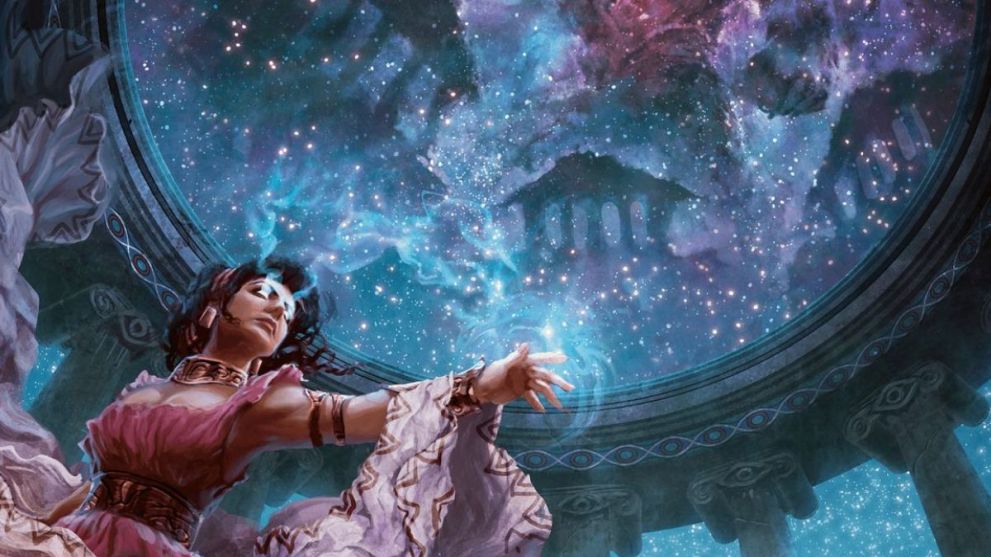
Circle of the Stars Druids harness the powers of the cosmos, drawing on the power of starlight to aid them in life. These Druids also have some of the best kits to work with, somewhat similar to the kit of certain Clerics, Shadowheart in Baldur’s Gate 3, in particular. Stars Druids will gain the Guidance Cantrip and Guiding Bolt Spell, though the latter can be cast without expending a Spell Slot.
However, the most significant difference between Stars Druids and any of the variants included in BG3 is their Starry Form, which enables them to shift into a luminous, cosmic form rather than a beast. While in this form, you can either make a Ranged Attack as a Bonus Action, enable yourself to regain HP when casting Spells or treat INT checks, WIS checks, or CON Saving Throw rolls of 9 or lower as a 10.
Cosmic Omen enables you to roll a die each Long Rest, with the result determining an effect that you will gain until your next Long Rest. Weal (even rolls) enables you to roll a +d6 and add the number rolled to the total of an ally’s Attack Roll, Saving Throw, or Ability Check. Woe (odd rolls) enables you to do the same thing, but -d6, and to an opponent rather than an ally. This is one of the more technical Subclasses to play, with huge potential for strategy and party synergy, which would have made it a blast for longtime DnD players to challenge themselves within BG3.

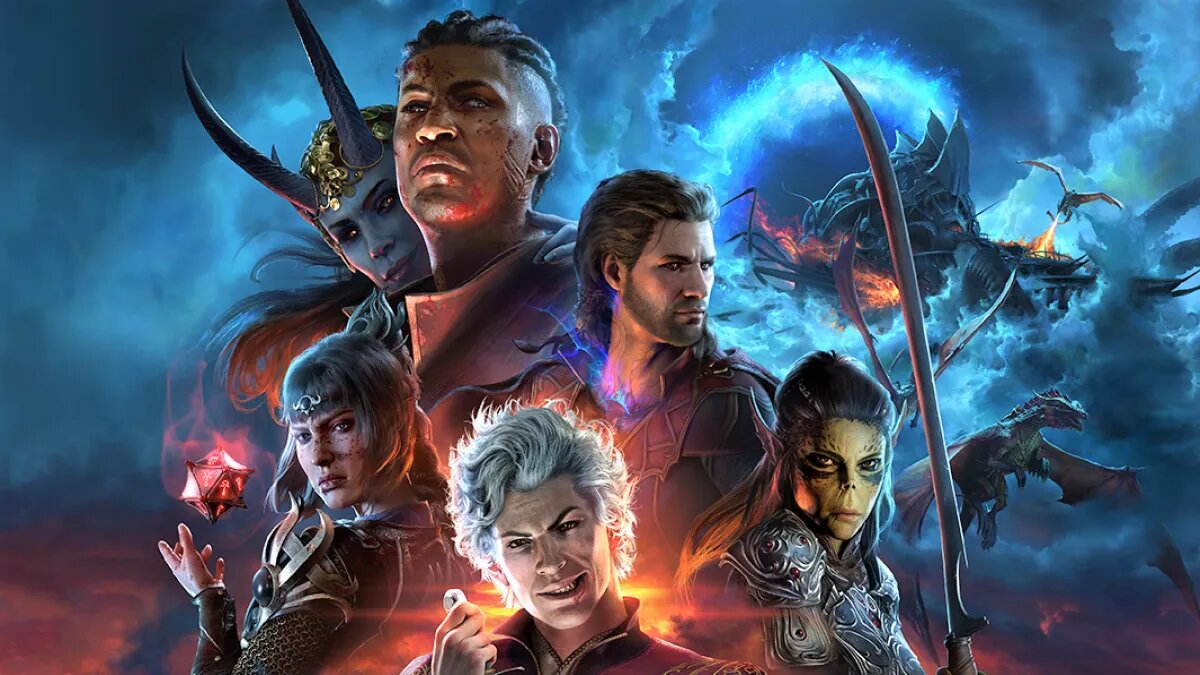
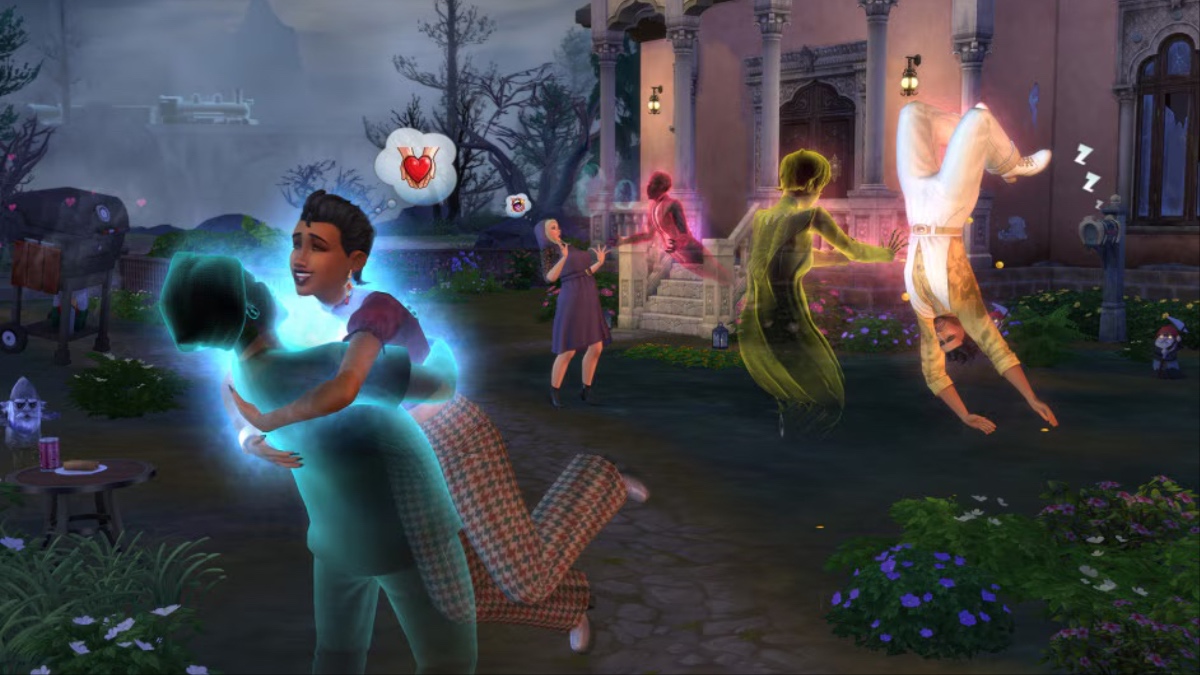


Published: Jan 17, 2024 02:45 am